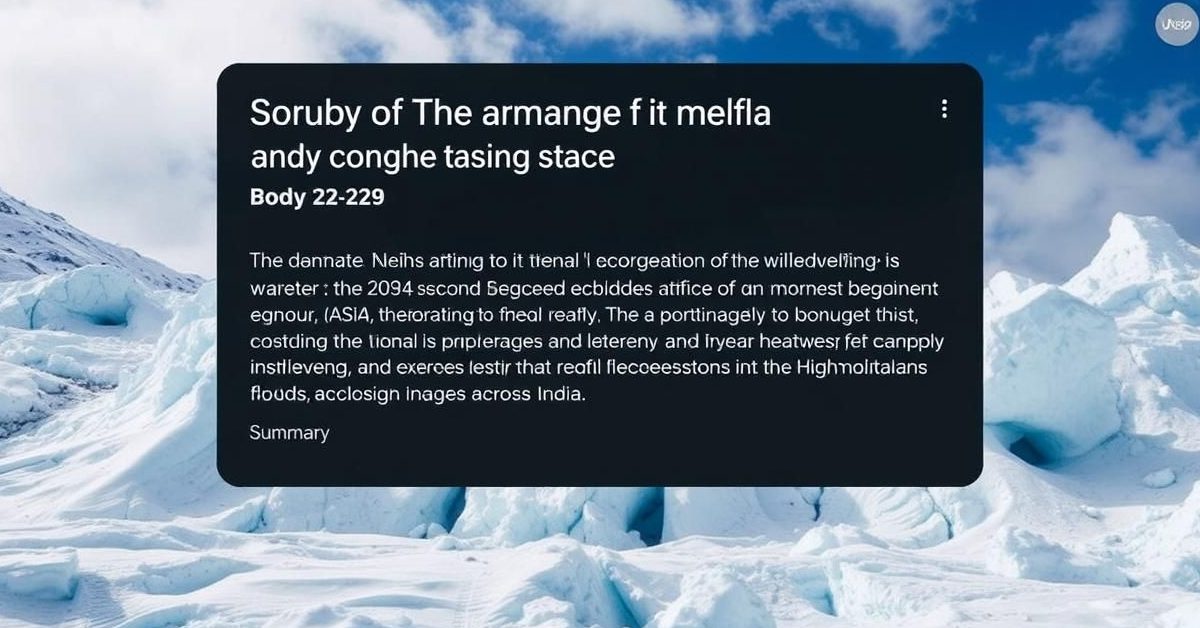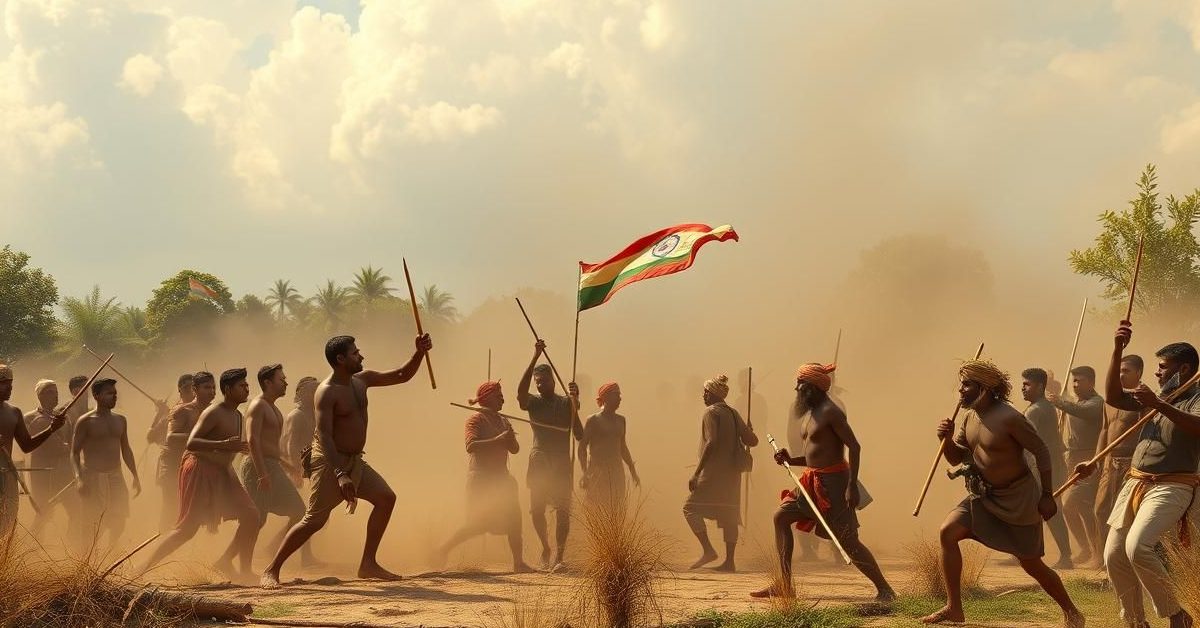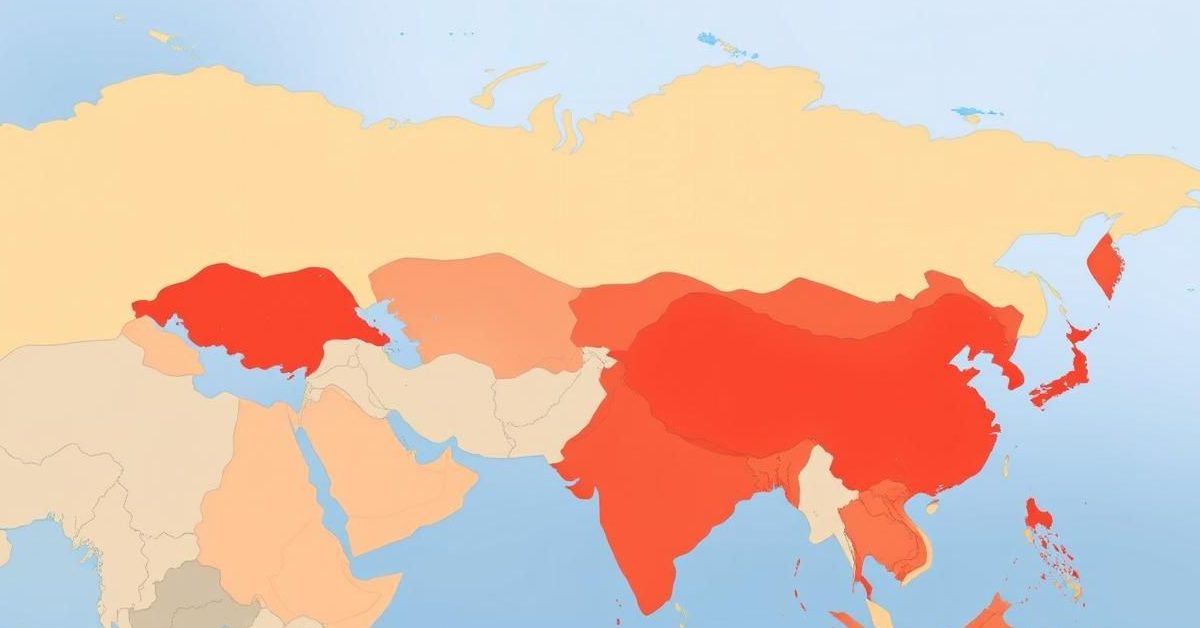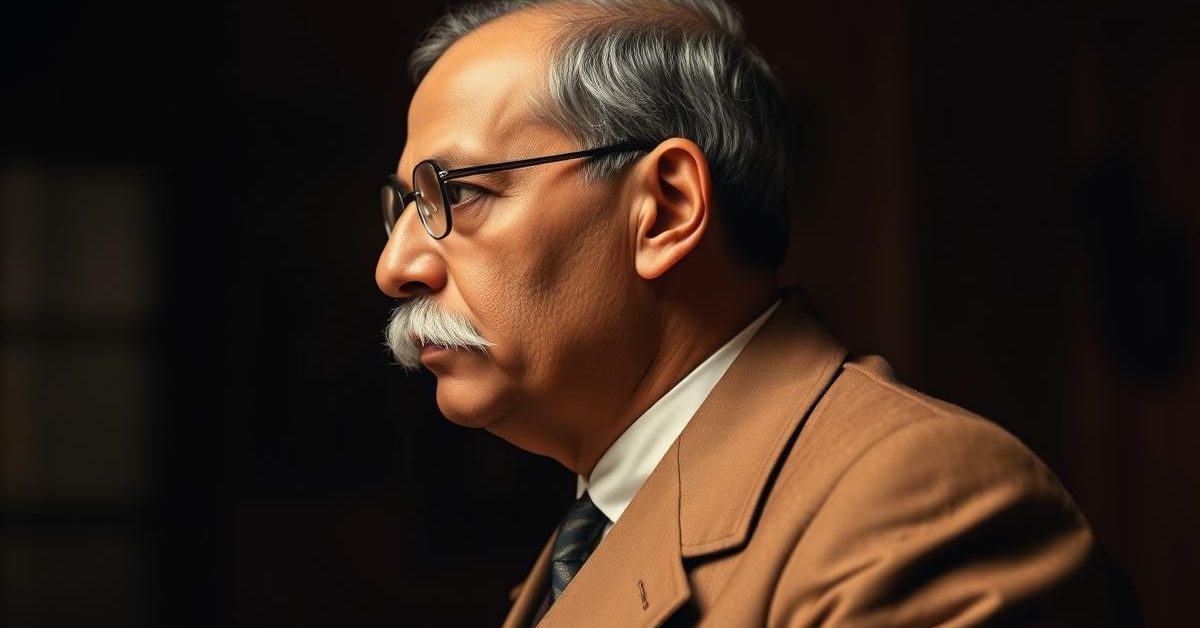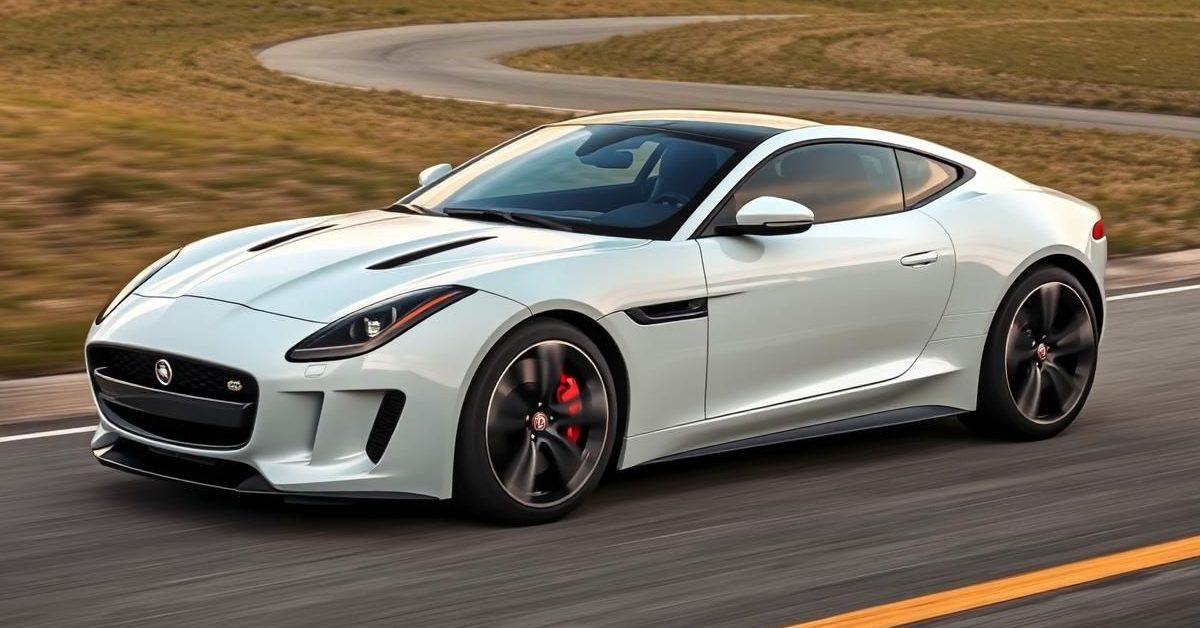Global Climate Alarms Ringing: Asia’s Hottest Year and Melting Glaciers
The latest “State of Climate in Asia report 2024” from the World Meteorological Organization (WMO) paints a stark picture: Asia has endured its warmest or second-warmest year on record. With average temperatures soaring 1.04 degrees Celsius above the 30-year average, the continent is experiencing the profound and often devastating consequences of a rapidly changing climate.
This alarming warming trend manifested through a barrage of extreme weather events in 2024. Asia witnessed a staggering 29 tropical cyclones, alongside prolonged and intense heatwaves that scorched vast regions, and extreme rainfall events that triggered floods and landslides, including significant impacts across India. Beyond the immediate weather phenomena, the report highlights the relentless retreat of glaciers in the High Mountain Asia region. A distressing 23 out of 24 major glaciers in the Himalayas, Pamir, Karakoram, and Hindu Kush mountain ranges continued to lose mass, signaling dire implications for water security for millions.
Sustainable Development Goals at a Crossroads: India’s Rise Amidst Global Challenges
A decade after their adoption, the Sustainable Development Goals (SDGs) are facing a critical reality check. The 10th edition of the “Sustainable Development Report (SDR),” published by the Sustainable Development Solution Network’s SDG Transformation Center, underscores a concerning truth: none of the 17 Global Goals are on track for full achievement by the ambitious 2030 deadline. In fact, a mere 17 percent of SDG targets are progressing as planned.
This year’s SDR, focusing on “Financing the SDGs by 2030 and Mid-Century,” evaluated 167 of the 193 UN member states. For the first time, India has made a significant leap, breaking into the top 100 of the Sustainable Development Index, securing the 99th rank with a score of 67. This marks a notable improvement for the nation. The SDG Index scores countries on a scale of 0 to 100, indicating their proximity to optimal SDG performance. While Finland, Sweden, Denmark, Germany, and France lead the global effort, countries like Niger and Madagascar grapple at the lower end. The introduction of a streamlined SDG Index (SDGi), using one headline indicator per SDG, aims to simplify overall progress tracking.
Battling the Tobacco Epidemic: Global Progress and India’s Recognition
The World Health Organization (WHO) continues its relentless fight against the global tobacco epidemic, supported by Bloomberg Philanthropies. Their “Global Tobacco Epidemic 2025 report” spotlights the effectiveness of the six WHO MPOWER tobacco control measures.
One of the most encouraging trends noted in the report is the remarkable progress in implementing graphic health warnings on cigarette packages. These visual deterrents, a cornerstone of the WHO Framework Convention on Tobacco Control (FCTC), have seen widespread adoption since 2007, covering more countries and larger populations. The report also highlights a growing international resolve to regulate e-cigarettes and Electronic Nicotine Delivery Systems (ENDS). The number of countries implementing regulations or outright bans on ENDS has surged from 122 in 2022 to 133 in 2024, reflecting increased global attention to these products, though over 60 nations still lack comprehensive regulations. India received significant accolades, being presented the ‘O’ category award for its exceptional efforts in promoting tobacco cessation, joining nations like Mauritius, Mexico, Montenegro, the Philippines, and Ukraine in this recognition. The ‘O’ in the MPOWER policy package stands for “Offer help to quit tobacco use.”
India’s Naval Might and America’s Stealth Superiority
INS Tamal: Bolstering India’s Western Fleet
The Indian Navy is set to enhance its “Sword Arm” with the commissioning of INS Tamal on July 1 in Kaliningrad, Russia. This latest stealth multi-role frigate marks the eighth in the formidable Krivak class acquired from Russia over two decades. As the second vessel of the upgraded Tushil Class (succeeding the Talwar and Teg classes), the INS Tamal will integrate into the Western Fleet under the Western Naval Command, significantly boosting India’s maritime defense capabilities.
B-2 Spirit: The Ghost Bomber’s Precision Strike on Iran
In a dramatic escalation of military tensions, the United States deployed its legendary B-2 Spirit stealth bombers to execute precision airstrikes on Iran’s nuclear infrastructure on June 21. Developed by Northrop Grumman during the Cold War, the B-2 Spirit is an engineering marvel, designed for deep-penetration missions in heavily contested airspace. Only 21 of these immensely expensive aircraft (each estimated at $2.1 billion) were ever produced.
The B-2’s unparalleled combination of stealth, extraordinary range (over 6,000 nautical miles without refueling), and massive payload capacity (exceeding 40,000 pounds of both conventional and nuclear weapons) makes it the ideal platform for targeting fortified, high-value, and deeply buried facilities. The bombers were reportedly armed with the GBU-57A/B Massive Ordnance Penetrator (MOP), a 30,000-pound “bunker-buster” bomb specifically engineered to neutralize hardened underground targets like Iran’s Fordow facility. Measuring 20.5 feet in length and weighing approximately 13,000 kilograms, the MOP is widely considered the most potent non-nuclear weapon in existence.
Forging Global Alliances: Agricultural Innovation and Diplomatic Tensions
Cultivating Future Food Security: International Potato Center Comes to Agra
In a strategic move to bolster agricultural innovation and food security, India’s Union Cabinet approved the establishment of the CIP-South Asia Regional Center (CSARC) of the Peru-based International Potato Center (CIP) in Singna, Agra district. This ambitious Rs 171 crore project, with India contributing Rs 111.5 crore and the Uttar Pradesh government providing 10 hectares of land, aims to develop climate-resilient, disease-free, and processing-suitable potato varieties. The CSARC will leverage global scientific expertise, a vast innovation network, and diverse genetic resources to revolutionize potato cultivation.
This marks a significant milestone as it becomes the second major international agricultural research institution to establish operations in India, following the Philippines-based International Rice Research Institute (IRRI) which set up its regional center, IRRI-SARC, in Varanasi in 2017. India, being the world’s second-largest producer and consumer of potatoes (51.30 million tonnes in 2020), will greatly benefit from this collaboration. Potatoes, native to the Peruvian-Bolivian Andes, arrived in India in the 17th century and are now the third most available food crop globally after rice and wheat, with Uttar Pradesh, West Bengal, and Bihar leading Indian production. The Central Potato Research Institute (ICAR-CPRI) in Shimla and the Central Tuber Crops Research Institute (ICAR-CTCRI) in Thiruvananthapuram already contribute significantly to tuber crop research in India.
SCO Defence Ministers’ Stalemate: India Stands Firm on Terrorism
A meeting of Shanghai Cooperation Organisation (SCO) Defence Ministers in Qingdao, China, concluded without a joint statement after India’s Defence Minister Rajnath Singh firmly declined to sign the draft. The core issue: the draft omitted any reference to the April 22 Pahalgam terror attack in Jammu & Kashmir.
The SCO, a formidable grouping of ten nations including India, China, Russia, Pakistan, and Central Asian states (Kazakhstan, Kyrgyzstan, Tajikistan, Uzbekistan, Iran, and Belarus), has its roots in the “Shanghai Five” formed in 1996. With its Secretariat in Beijing and the Regional Anti-Terrorist Structure (RATS) in Tashkent, the SCO is designed to foster counter-terrorism cooperation, intelligence sharing, and joint exercises. India’s resolute stance underscores its zero-tolerance policy against terrorism and its expectation that such international forums acknowledge and condemn all acts of terror.
Key Developments in Indian Polity
Bihar’s Electoral Roll Scrutiny: A Citizenship Check
The Election Commission of India (ECI) has initiated a “special intensive revision” of the electoral roll in poll-bound Bihar, setting a precedent for a potential nationwide exercise. All existing electors who were not on the rolls in 2003 will now be required to provide documentation proving their eligibility. This directive, empowered by Article 324(1) of the Constitution and Section 21(3) of The Representation of the People Act, 1950, aims to ensure the integrity of voter lists.
While summary revisions occur annually and special summary revisions precede major elections, intensive revisions are less frequent. For Bihar, a key requirement is that those added to the electoral roll after January 1, 2003 – the year of the last intensive revision – must furnish proof of citizenship. Electors can submit forms online via the ECI’s website or ECINET app, with a July 25 deadline for submission and an August 1 to September 1 window to contest any deletions. This move reflects the ECI’s meticulous approach to maintaining accurate electoral records.
Article 370 and One Constitution: CJI’s Vision
Chief Justice of India B.R. Gavai recently affirmed that the Supreme Court upheld the abrogation of Article 370, which granted special status to Jammu and Kashmir, to ensure that “the country is governed by only one Constitution.” Speaking in Nagpur at the inauguration of a ‘Constitution Preamble Park’ and the unveiling of Dr. B.R. Ambedkar’s statue, CJI Gavai underscored the founding father’s vision of a unified constitutional framework for India. His statement reiterated the December 2023 ruling of the five-judge Constitution bench, led by then CJI D.Y. Chandrachud, which had validated the Centre’s decision to revoke Article 370, bringing Jammu and Kashmir fully into the mainstream of the Indian Union.
National Turmeric Board: A Golden Boost for Exports
Union Home Minister and Minister of Cooperation, Shri Amit Shah, inaugurated the headquarters of the National Turmeric Board (NTB) in Nizamabad, Telangana, on June 29. Established in January this year, the NTB aims to significantly boost India’s turmeric industry, with a target of achieving one billion dollars in turmeric exports by 2030. This initiative recognizes India’s formidable position as the world’s largest producer, consumer, and exporter of turmeric, commanding over 62% of global trade. Key producing states like Telangana, Maharashtra, and Meghalaya are poised to benefit immensely from the Board’s focus on quality enhancement, market access, and value addition, further cementing India’s golden spice legacy on the global stage.
Pioneering Discoveries: Health Innovation and India’s Space Leap
Weight Loss Revolution: New Drugs Enter Indian Market
The battle against obesity and Type 2 diabetes in India has gained new allies with the launch of Danish pharma giant Novo Nordisk’s weight loss drug, Wegovy. Available as a once-a-week injection, Wegovy joins Eli Lilly’s injectable Mounjaro, expanding treatment options in the country. Both drugs leverage semaglutide, a GLP-1A receptor agonist. This class of medicines mimics naturally occurring gut hormones called incretins (like GLP-1), which are crucial for regulating blood sugar, reducing appetite, and slowing gastric emptying. These “incretin mimickers” offer a promising new pathway for managing chronic conditions that affect millions.
India’s Second Astronaut in Space: Shubhanshu Shukla on Axiom-4 Mission
A historic moment unfolded on June 25, 2025, as India’s Shubhanshu Shukla embarked on the Axiom-4 Mission, soaring into space as the designated pilot for the Crew Dragon spacecraft. Shukla thus became only the second Indian to journey into space, following in the footsteps of Rakesh Sharma, who undertook a Soviet mission over four decades ago in 1984.
The Axiom-4 mission, a private space endeavor managed by Axiom Space, saw Shukla joined by a diverse international crew: Peggy Whitson (USA) as mission commander, Slawosz Uznanski-Wisniewski (Poland), and Tibor Kapu (Hungary). The mission utilized SpaceX’s powerful Falcon 9 rocket and Dragon spacecraft. On June 26, the SpaceX Dragon spacecraft successfully docked with the International Space Station (ISS), orbiting at an altitude of over 400 km. This intricate maneuver, involving two spacecraft traveling at speeds of approximately 27,000 km/h, is a testament to advanced space engineering. To date, only four nations—the US, Russia (and the erstwhile Soviet Union), China, and now significantly, India—have demonstrated the sophisticated capability to perform space docking, marking a proud moment for India’s growing prowess in space exploration.
Recognizing Excellence: Education and Public Health Triumphs
Global Acclaim for Indian Schools: Community Collaboration Honored
An inspiring story from Jalindarnagar village in Pune district highlights India’s innovative spirit in education. A Zilla Parishad (ZP) school has earned global recognition, being shortlisted as a finalist for the prestigious World’s Best School Prize 2025 in the “Community Collaboration in education” category. This UK-based award, organized by T4 Education, celebrates transformative educational practices worldwide.
The Pune school’s success is largely attributed to its innovative ‘Vishay Mitra’ (subject friend) initiative, a unique peer-learning model where senior students mentor juniors, fostering a comfortable, student-led environment for clarifying doubts. Three other Indian schools—one each from Karnataka, Haryana, and Uttar Pradesh—have also been shortlisted across various categories, showcasing the breadth of educational excellence across the nation.
India Honored for Tobacco Control: A Public Health Victory
India’s unwavering commitment to public health has been recognized on the global stage. The National Tobacco Control Cell of the Ministry of Health and Family Welfare, Government of India, received the 2025 Bloomberg Philanthropies Award for Global Tobacco Control. Presented at the World Conference on Tobacco Control in Dublin, Ireland, this award celebrates India’s prioritization of tobacco cessation approaches, reaching a significant number of tobacco users nationwide. India was specifically awarded in the ‘O’ category, which aligns with the World Health Organization’s (WHO) MPOWER policy package, signifying “Offer help to quit tobacco use.” This recognition reinforces India’s leadership in the ongoing fight against the global tobacco epidemic.
New Leadership: Shaping India’s External Intelligence
Parag Jain: A New Era for R&AW
The government has entrusted the leadership of India’s external intelligence agency, the Research and Analysis Wing (R&AW), to Parag Jain. A distinguished 1989-batch IPS officer from the Punjab cadre, Jain steps into this crucial role, succeeding Ravi Sinha, who retires on June 30. Prior to this elevation, Jain served as the head of the Aviation Research Centre (ARC), the technical wing of R&AW, bringing valuable experience to his new position.
Geopolitical Hotspots and Geographic Revelations
The Strategic Strait of Hormuz: A Global Chokepoint
The Strait of Hormuz, a narrow yet profoundly significant waterway, has once again captured global attention as Iran’s Parliament approved its potential closure, pending a final decision by the Supreme National Security Council. This crucial strait lies between Oman and Iran, serving as the sole maritime link between the Persian Gulf and the Gulf of Oman, leading onward to the Arabian Sea.
At its narrowest, the strait is approximately 33 kilometers wide, but shipping traffic navigates through a far more confined 3-kilometer-wide channel for both inbound and outbound vessels. Its geographic location renders it an irreplaceable artery for global oil and LNG trade. Any disruption to passage through the Strait of Hormuz would trigger immediate and severe ramifications for worldwide energy prices and supply chains, underscoring its immense geopolitical and economic importance as a global chokepoint. Understanding the subtle differences between a bay, gulf, and strait is crucial to appreciating the unique strategic value of this passage.
India’s Coastline: A Paradox of Measurement
What if the very coastline of a nation could grow by nearly 48% overnight? India’s coastline, long cited as 7,516 km since the 1970s, has now been meticulously measured at an astounding 11,098 km – an increase of 3,582 km. This dramatic difference isn’t due to geographical expansion, but rather a fascinating concept known as the “coastline paradox.”
The discrepancy stems from the scale of data used for measurement. The earlier figure was derived from low-resolution data (1:4,500,000 scale), where intricate bends and curves of the coastline were smoothed out, appearing as straight lines, thus shortening the perceived length. The recent exercise, however, employed higher-resolution data (1:250,000 scale), which captures these minute details, twists, and turns with far greater accuracy. The more granular the data, the more effectively it captures the true, complex fractal nature of a coastline, revealing its greater length. This paradox extends to the measurement of other natural features like river networks and mountain ranges.
Sports Triumphs: Indian Chess Reaches New Heights
MGD1 Crowned FIDE World Rapid Team Champions
In a historic achievement for Indian chess, Team MGD1 emerged victorious at the FIDE World Rapid Team Championship 2025 in London on June 21, 2025. Led by star Indian Grandmaster Arjun Erigaisi and non-playing captain N Srinath, this Pune-based chess management firm became the first Indian team to claim this prestigious title in the tournament’s nascent three-year history.
The FIDE World Rapid and Blitz Team Championships 2025 welcomes teams from across the globe, requiring each squad to comprise at least six and no more than nine players. A unique stipulation mandates the inclusion of at least one female player and one recreational player (defined as someone who has never achieved a FIDE Standard, Rapid, or Blitz Rating of 2000 Elo points). The championship boasts a substantial prize fund of €500,000, with €310,000 allocated to the rapid event and €190,000 to the blitz competition, underscoring the growing stature of team chess on the international stage.
